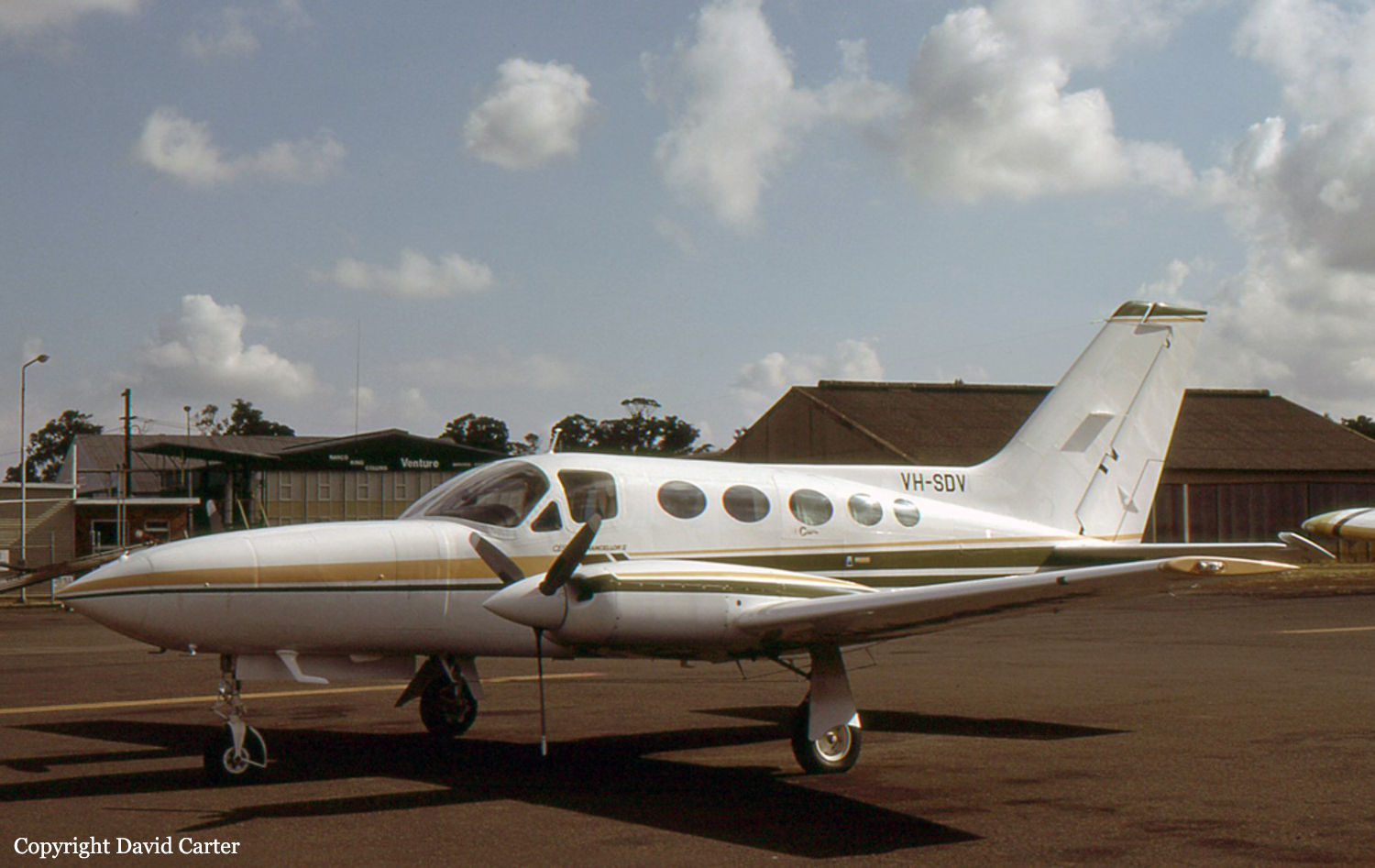Crash of a Cessna 414A Chancellor in Atlantic City: 1 killed
Date & Time:
Nov 23, 1990 at 2135 LT
Registration:
N2693F
Survivors:
No
Schedule:
Wilmington - Atlantic City
MSN:
414A-0423
YOM:
1979
Crew on board:
1
Crew fatalities:
Pax on board:
0
Pax fatalities:
Other fatalities:
Total fatalities:
1
Circumstances:
The pilot was approaching Atlantic City Airport by night and poor weather conditions when the twin engine aircraft struck the ground and crashed few miles short of runway. The aircraft was destroyed and the pilot, sole on board, was killed.
Probable cause:
Failure of the pilot to follow the published ILS procedure and his continued descent below the decision height. Darkness and the adverse weather conditions were related factors.
Final Report:


